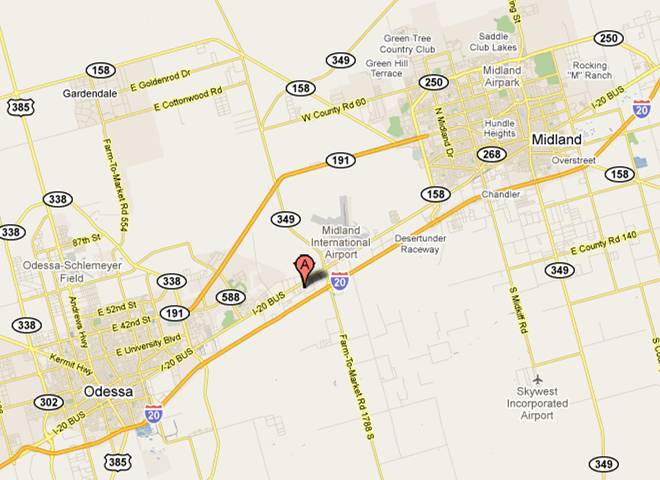So after years of diminishing water supplies made even worse by the second-most severe drought in state history, some West Texas communities are resorting to a plan to turn sewage into drinking water.
A water-reclamation plant believed to be the first in Texas will supply Big Spring, Midland, Odessa and Stanton and is currently under construction.
Officials have been working to dispel any fears people have that they will soon be drinking their neighbors’ urine. They are promising the system will yield clean, safe water.
Similar plants have been operating for years in Tucson, Ariz., parts of California and in other countries. Water experts predict other American cities will follow suit as they confront growing populations, drought and other issues.
The Colorado River Municipal Water District in West Texas began considering a wastewater recycling plant back in 2000 and broke ground last month on the facility in Big Spring, about 100 miles southeast of Lubbock. When finished, it should supply 2 million gallons of water a day.
This year’s drought has made this dry region even drier, wreaking havoc on crops, ranch animals, wildlife and fish in the region. At least one of the three reservoirs in West Texas may dry up if the drought persists through next year, as climatologists have predicted could happen, causing the district’s water supply to be reduced from 65 million gallons a day to 45 million.
The idea to recycle sewage isn’t new. Fort Worth and other cities across the nation have long used treated wastewater to water grass and trees and irrigate crops.
And you can be sure the proposed Tenaska coal plant in Abilene is hoping to cash in on that water after having been turned down by the city of Abilene. However, after this year, this region might be reluctant to commit to providing that much water even if it is reclaimed from sewage. Because power plants suck . . . lots and lots of water and they tend to get to do so before crops, livestock and even people.





